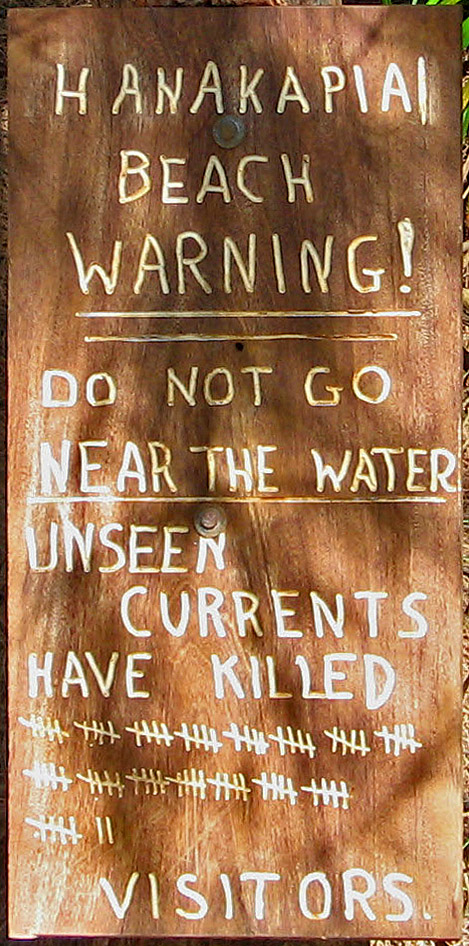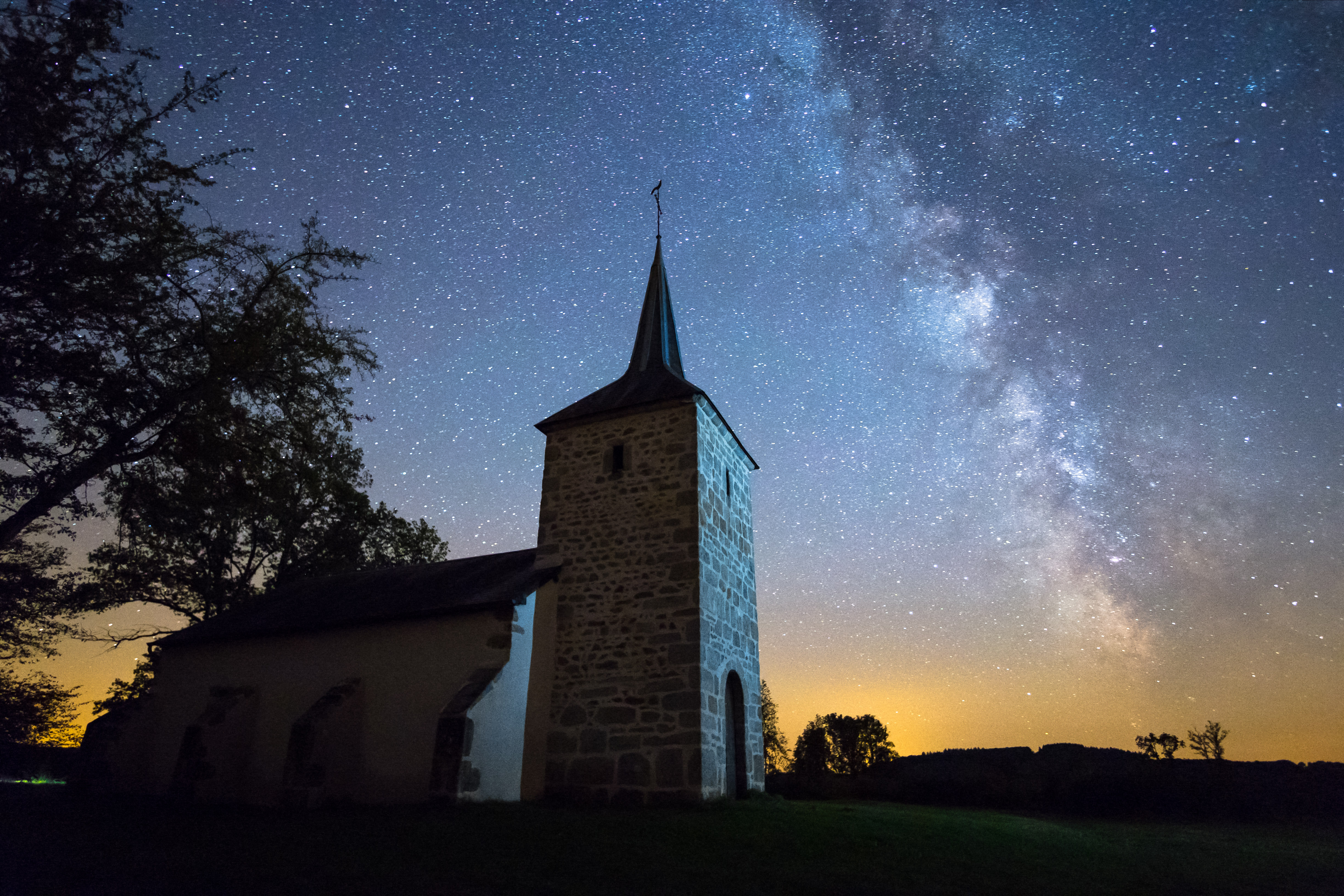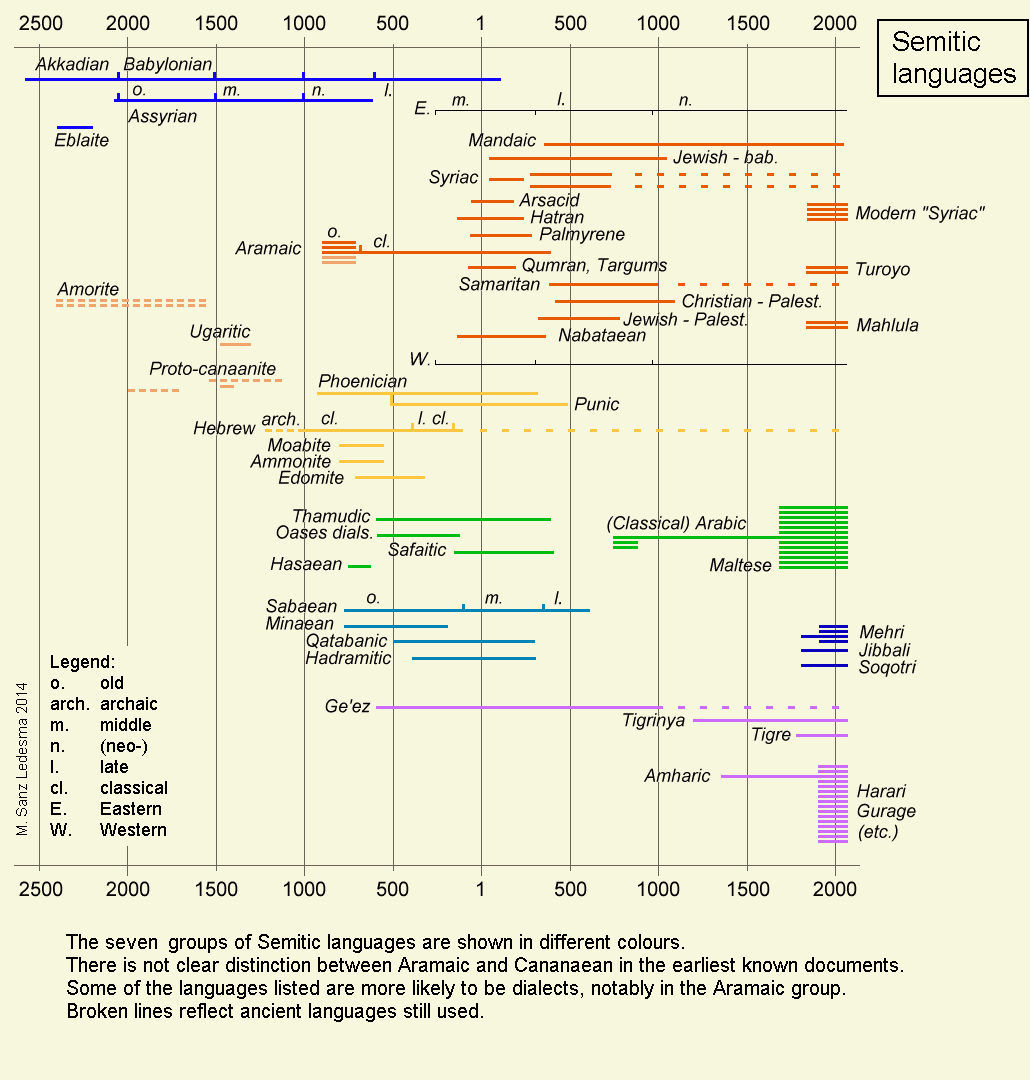|
Fortnight
A fortnight is a unit of time equal to 14 days (two weeks). The word derives from the Old English term , meaning "" (or "fourteen days", since the Anglo-Saxons counted by nights). Astronomy and tides In astronomy, a ''lunar fortnight'' is half a lunar synodic month, which is equivalent to the mean period between a full moon and a new moon (and vice versa). This is equal to 14.77 days. It gives rise to a lunar fortnightly tidal constituent (see: Long-period tides). Analogs and translations In many languages, there is no single word for a two-week period, and the equivalent terms "two weeks", "14 days", or "15 days" ( counting inclusively) have to be used. * Celtic languages: in Welsh, the term ''pythefnos'', meaning "15 nights", is used. This is in keeping with the Welsh term for a week, which is ''wythnos'' ("eight nights"). In Irish, the term is ''coicís''. * Similarly, in Greek, the term δεκαπενθήμερο (''dekapenthímero''), meaning "15 days", is used. * ... [...More Info...] [...Related Items...] OR: [Wikipedia] [Google] [Baidu] |
Hindu Calendar
The Hindu calendar, also called Panchangam, Panchanga (), is one of various lunisolar calendars that are traditionally used in the Indian subcontinent and Southeast Asia, with further regional variations for social and Hindu religious purposes. They adopt a similar underlying concept for timekeeping based on sidereal year for solar cycle, solar cycle and adjustment of lunar cycles in every three years, but differ in their relative emphasis to moon cycle or the sun cycle and the names of months and when they consider the New Year to start. Of the various regional calendars, the most studied and known Hindu calendars are the Shaka era, Shalivahana Shaka (Based on the Shalivahana, King Shalivahana, also the Indian national calendar) found in the Deccan Plateau, Deccan region of Southern India and the Vikram Samvat (Bikrami) found in Nepal and the North and Central regions of India – both of which emphasize the lunar cycle. Their new year starts in spring. In regions such as Tamil ... [...More Info...] [...Related Items...] OR: [Wikipedia] [Google] [Baidu] |
Tidal Constituent
Tides are the rise and fall of sea levels caused by the combined effects of the gravitational forces exerted by the Moon (and to a much lesser extent, the Sun) and are also caused by the Earth and Moon orbiting one another. Tide tables can be used for any given locale to find the predicted times and amplitude (or "tidal range"). The predictions are influenced by many factors including the alignment of the Sun and Moon, the phase and amplitude of the tide (pattern of tides in the deep ocean), the amphidromic systems of the oceans, and the shape of the coastline and near-shore bathymetry (see '' Timing''). They are however only predictions, the actual time and height of the tide is affected by wind and atmospheric pressure. Many shorelines experience semi-diurnal tides—two nearly equal high and low tides each day. Other locations have a diurnal tide—one high and low tide each day. A "mixed tide"—two uneven magnitude tides a day—is a third regular category. Tid ... [...More Info...] [...Related Items...] OR: [Wikipedia] [Google] [Baidu] |
Inclusive Counting
Counting is the process of determining the number of elements of a finite set of objects; that is, determining the size of a set. The traditional way of counting consists of continually increasing a (mental or spoken) counter by a unit for every element of the set, in some order, while marking (or displacing) those elements to avoid visiting the same element more than once, until no unmarked elements are left; if the counter was set to one after the first object, the value after visiting the final object gives the desired number of elements. The related term ''enumeration'' refers to uniquely identifying the elements of a finite (combinatorial) set or infinite set by assigning a number to each element. Counting sometimes involves numbers other than one; for example, when counting money, counting out change, "counting by twos" (2, 4, 6, 8, 10, 12, ...), or "counting by fives" (5, 10, 15, 20, 25, ...). There is archaeological evidence suggesting that humans have been c ... [...More Info...] [...Related Items...] OR: [Wikipedia] [Google] [Baidu] |
Week
A week is a unit of time equal to seven days. It is the standard time period used for short cycles of days in most parts of the world. The days are often used to indicate common work days and rest days, as well as days of worship. Weeks are often mapped against yearly calendars. There are just over 52 weeks in a year. The term "week" may also be used to refer to a sub-section of the week, such as the workweek and weekend. Ancient cultures had different "week" lengths, including ten days in Egypt and an eight-day week for Etruscan civilization, Etruscans. The Etruscan week was adopted by the Ancient Rome, ancient Romans, but they later moved to a seven-day week, which had spread across Western Asia and the Eastern Mediterranean due to the influence of the Christian seven-day week, which is rooted in the Jews, Jewish seven-day week. In AD 321, Emperor Constantine the Great officially decreed a seven-day week in the Roman Empire, including making Sunday a public holiday. This later ... [...More Info...] [...Related Items...] OR: [Wikipedia] [Google] [Baidu] |
Night
Night, or nighttime, is the period of darkness when the Sun is below the horizon. Sunlight illuminates one side of the Earth, leaving the other in darkness. The opposite of nighttime is daytime. Earth's rotation causes the appearance of sunrise and sunset. Moonlight, airglow, starlight, and light pollution dimly illuminate night. The duration of day, night, and twilight varies depending on the time of year and the latitude. Night on other celestial bodies is affected by their rotation and orbital periods. The planets Mercury and Venus have much longer nights than Earth. On Venus, night lasts about 58 Earth days. The Moon's rotation is tidally locked, rotating so that one of the sides of the Moon always faces Earth. Nightfall across portions of the near side of the Moon results in lunar phases visible from Earth. Organisms respond to the changes brought by nightfall: darkness, increased humidity, and lower temperatures. Their responses include direct reactions a ... [...More Info...] [...Related Items...] OR: [Wikipedia] [Google] [Baidu] |
Sanskrit
Sanskrit (; stem form ; nominal singular , ,) is a classical language belonging to the Indo-Aryan languages, Indo-Aryan branch of the Indo-European languages. It arose in northwest South Asia after its predecessor languages had Trans-cultural diffusion, diffused there from the northwest in the late Bronze Age#South Asia, Bronze Age. Sanskrit is the sacred language of Hinduism, the language of classical Hindu philosophy, and of historical texts of Buddhism and Jainism. It was a lingua franca, link language in ancient and medieval South Asia, and upon transmission of Hindu and Buddhist culture to Southeast Asia, East Asia and Central Asia in the early medieval era, it became a language of religion and high culture, and of the political elites in some of these regions. As a result, Sanskrit had a lasting effect on the languages of South Asia, Southeast Asia and East Asia, especially in their formal and learned vocabularies. Sanskrit generally connotes several Indo-Aryan languages# ... [...More Info...] [...Related Items...] OR: [Wikipedia] [Google] [Baidu] |
Jane Austen
Jane Austen ( ; 16 December 1775 – 18 July 1817) was an English novelist known primarily for #List of works, her six novels, which implicitly interpret, critique, and comment on the English landed gentry at the end of the 18th century. Austen's plots often explore the dependence of women on marriage for the pursuit of favourable social standing and economic security. Her works are implicit critiques of the sentimental novel, novels of sensibility of the second half of the 18th century and are part of the transition to 19th-century literary realism. Her use of social commentary, realism, wit, and irony have earned her acclaim amongst critics and scholars. Austen wrote major novels before the age of 22, but she was not published until she was 35. The anonymously published ''Sense and Sensibility'' (1811), ''Pride and Prejudice'' (1813), ''Mansfield Park'' (1814), and ''Emma (novel), Emma'' (1816) were modest successes, but they brought her little fame in her lifetime. ... [...More Info...] [...Related Items...] OR: [Wikipedia] [Google] [Baidu] |
Galician Language
Galician ( , ), also known as Galego (), is a Iberian Romance languages, Western Ibero-Romance language. Around 2.4 million people have at least some degree of competence in the language, mainly in Galicia (Spain), Galicia, an Autonomous communities of Spain, autonomous community located in northwestern Spain, where it has official status along with Spanish language, Spanish. The language is also spoken in some border zones of the neighbouring Spanish regions of Asturias and Castile and León, as well as by Galician migrant communities in the rest of Spain; in Latin America, including Argentina and Uruguay; and in Puerto Rico, the United States, Switzerland and elsewhere in Europe. Modern Galician is classified as part of the West Iberian languages, West Iberian language group, a family of Romance languages. Galician evolved locally from Vulgar Latin and developed from what modern scholars have called Galician-Portuguese. The earliest document written integrally in the ... [...More Info...] [...Related Items...] OR: [Wikipedia] [Google] [Baidu] |
Suffix
In linguistics, a suffix is an affix which is placed after the stem of a word. Common examples are case endings, which indicate the grammatical case of nouns and adjectives, and verb endings, which form the conjugation of verbs. Suffixes can carry grammatical information (inflectional endings) or lexical information ( derivational/lexical suffixes)''.'' Inflection changes the grammatical properties of a word within its syntactic category. Derivational suffixes fall into two categories: class-changing derivation and class-maintaining derivation. Particularly in the study of Semitic languages, suffixes are called affirmatives, as they can alter the form of the words. In Indo-European studies, a distinction is made between suffixes and endings (see Proto-Indo-European root). A word-final segment that is somewhere between a free morpheme and a bound morpheme is known as a suffixoidKremer, Marion. 1997. ''Person reference and gender in translation: a contrastive investigation of ... [...More Info...] [...Related Items...] OR: [Wikipedia] [Google] [Baidu] |
Semitic Languages
The Semitic languages are a branch of the Afroasiatic languages, Afroasiatic language family. They include Arabic, Amharic, Tigrinya language, Tigrinya, Aramaic, Hebrew language, Hebrew, Maltese language, Maltese, Modern South Arabian languages and numerous other ancient and modern languages. They are spoken by more than 330 million people across much of Western Asia, West Asia, North Africa, the Horn of Africa, Malta, and in large Immigration, immigrant and Expatriate, expatriate communities in North America, Europe, and Australasia. The terminology was first used in the 1780s by members of the Göttingen school of history, who derived the name from Shem, one of the three Generations of Noah, sons of Noah in the Book of Genesis. Semitic languages List of languages by first written account, occur in written form from a very early historical date in West Asia, with East Semitic languages, East Semitic Akkadian language, Akkadian (also known as Ancient Assyrian language, Assyrian ... [...More Info...] [...Related Items...] OR: [Wikipedia] [Google] [Baidu] |
Romanian Language
Romanian (obsolete spelling: Roumanian; , or , ) is the official and main language of Romania and Moldova. Romanian is part of the Eastern Romance languages, Eastern Romance sub-branch of Romance languages, a linguistic group that evolved from several dialects of Vulgar Latin which separated from the Italo-Western languages, Western Romance languages in the course of the period from the 5th to the 8th centuries. To distinguish it within the Eastern Romance languages, in comparative linguistics it is called ''#Dialects, Daco-Romanian'' as opposed to its closest relatives, Aromanian language, Aromanian, Megleno-Romanian language, Megleno-Romanian, and Istro-Romanian language, Istro-Romanian. It is also spoken as a minority language by stable communities in the countries surrounding Romania (Romanians in Bulgaria, Bulgaria, Romanians in Hungary, Hungary, Romanians in Serbia, Serbia and Romanians in Ukraine, Ukraine), and by the large Romanian diaspora. In total, it is spoken by 2 ... [...More Info...] [...Related Items...] OR: [Wikipedia] [Google] [Baidu] |
French Language
French ( or ) is a Romance languages, Romance language of the Indo-European languages, Indo-European family. Like all other Romance languages, it descended from the Vulgar Latin of the Roman Empire. French evolved from Northern Old Gallo-Romance, a descendant of the Latin spoken in Northern Gaul. Its closest relatives are the other langues d'oïl—languages historically spoken in northern France and in southern Belgium, which French (Francien language, Francien) largely supplanted. It was also substratum (linguistics), influenced by native Celtic languages of Northern Roman Gaul and by the Germanic languages, Germanic Frankish language of the post-Roman Franks, Frankish invaders. As a result of French and Belgian colonialism from the 16th century onward, it was introduced to new territories in the Americas, Africa, and Asia, and numerous French-based creole languages, most notably Haitian Creole, were established. A French-speaking person or nation may be referred to as Fra ... [...More Info...] [...Related Items...] OR: [Wikipedia] [Google] [Baidu] |









